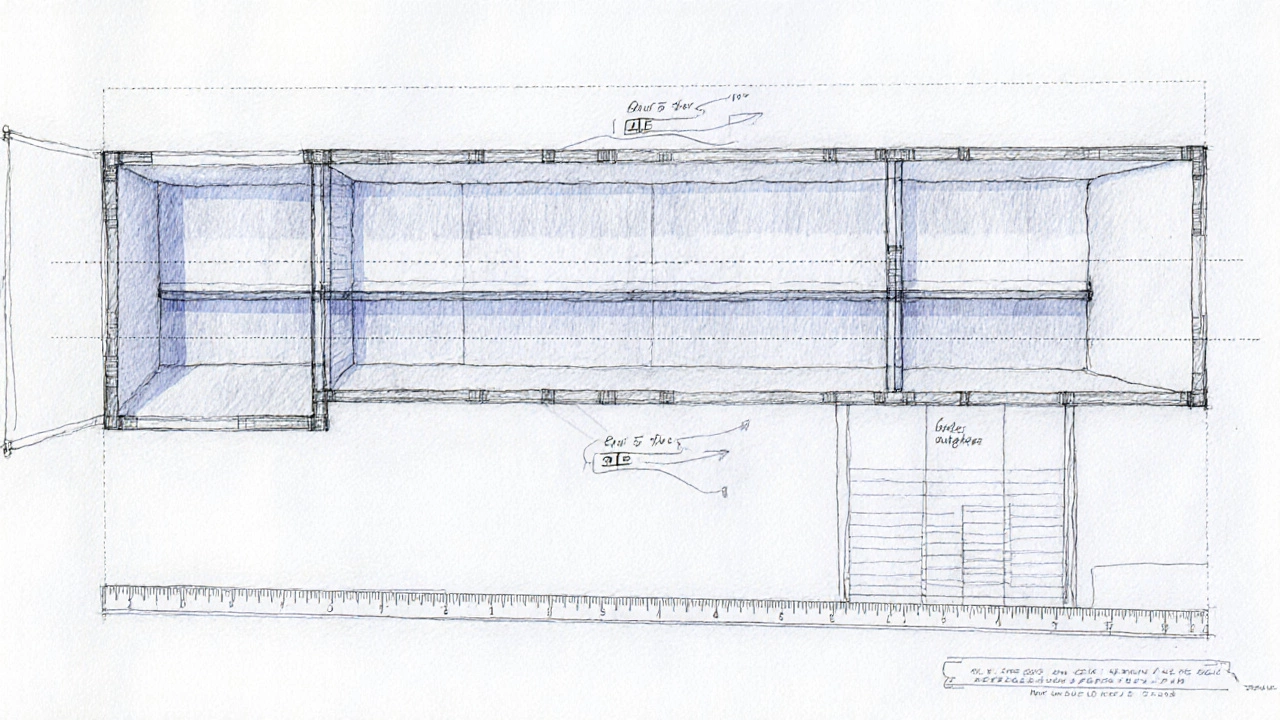Construction Safety: Essential Practices for a Safe Worksite
When dealing with construction safety, the systematic effort to prevent accidents, injuries, and health hazards on building sites. Also known as site safety, it involves planning, equipment, and behavior that protect workers and the public. Understanding the core concepts helps you spot gaps before they become costly incidents. Construction safety isn’t a checklist you finish once; it’s a habit you embed in every phase of a project.
Key Elements That Keep a Site Secure
A solid risk assessment, a systematic review of potential hazards and their likelihood. It captures the what, where, and how of danger, letting you prioritize controls. For example, a high‑rise project might flag scaffolding instability as a top risk, prompting extra bracing and daily inspections. Personal protective equipment, gear like helmets, gloves, high‑visibility clothing, and respirators, is the last line of defense when engineering controls can’t fully eliminate a danger. Choosing the right PPE depends on the specific hazard—heat‑resistant gloves for welding, ear plugs for noisy demolition, and fall‑arrest harnesses for work at height. These two entities form a safety loop: the risk assessment identifies what PPE is needed, and the PPE reduces the risk level identified. In practice, construction safety requires that you document every assessment, train workers on proper gear use, and regularly audit compliance.
Beyond assessments and equipment, safety training, instruction that equips workers with knowledge and skills to work safely, drives behavior change. Effective training covers hazard recognition, emergency response, and correct PPE usage. When workers understand why a rule exists, they’re more likely to follow it. Adding to that, OSHA regulations, the legal standards that set minimum safety requirements in the U.S., provides the baseline you must meet. Compliance with OSHA not only avoids fines but also aligns with best‑practice safety cultures worldwide. The relationship is clear: safety training influences compliance with OSHA, and together they boost overall construction safety outcomes. By integrating thorough risk assessments, appropriate PPE, and regular training aligned with regulatory standards, you create a proactive safety culture that reduces incidents, protects morale, and keeps projects on schedule. Below you’ll find a curated set of articles that dive deeper into each of these areas, offering step‑by‑step guidance, real‑world examples, and actionable tips you can apply on any job site today.

